The Hijabi Mannequin
In this project, I ask: how do we speak about cultural differences we normally treat with polite silence? My solution takes cue from psychologist John Dewey who argues that art can “break through the crust of conventionalized and routine consciousness”. Leveraging that and the affordances of technology as an affable content purveyor, I propose the idea of proxy objects as a first step towards bringing up difference, religion-based or other, and easing the tension around it. These objects are interactive and art-like that allow the integration of custom audio, video, photos, and text. They engage on behalf of their authors in contesting, proposing, prescribing desired behaviors, and eliciting audience reactions. When placed in hallways, lounges, and labs, these artifacts create a break in human-human confrontation, giving both the author and audience the time, space, and autonomy to help reduce the uncanny and uncomfortable nature of difference.
![]() The first project in this series is the Hijabi Mannequin which I built with assistance from Aila Amir (an undergraduate student at NYU). It introduces the most conspicuous difference about me (hijab) through a mannequin that can be touched to demystify the headscarf. The mannequin is accompanied by a “radio” that has channels playing stories by hijabis about their experiences wearing it. The radio also fosters a two-way conversation that acknowledges the multiplicity of opinions around its content and any accommodation concerns. It does so through a recording voice questions and reactions which can also be heard by switching to the a “reactions” channel.
The first project in this series is the Hijabi Mannequin which I built with assistance from Aila Amir (an undergraduate student at NYU). It introduces the most conspicuous difference about me (hijab) through a mannequin that can be touched to demystify the headscarf. The mannequin is accompanied by a “radio” that has channels playing stories by hijabis about their experiences wearing it. The radio also fosters a two-way conversation that acknowledges the multiplicity of opinions around its content and any accommodation concerns. It does so through a recording voice questions and reactions which can also be heard by switching to the a “reactions” channel.
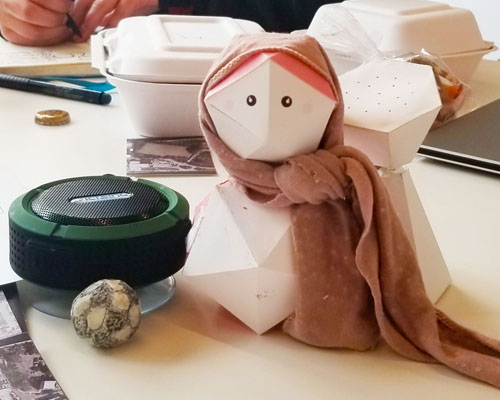
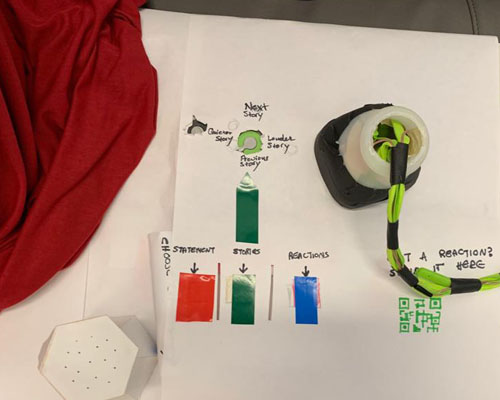
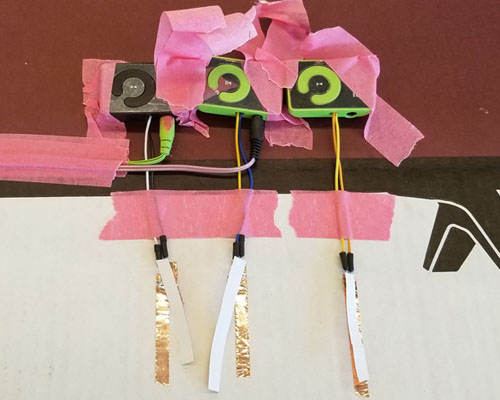
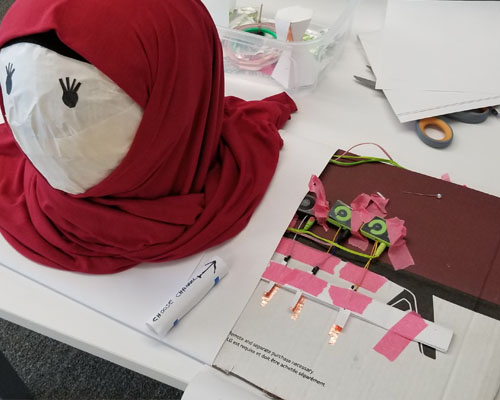
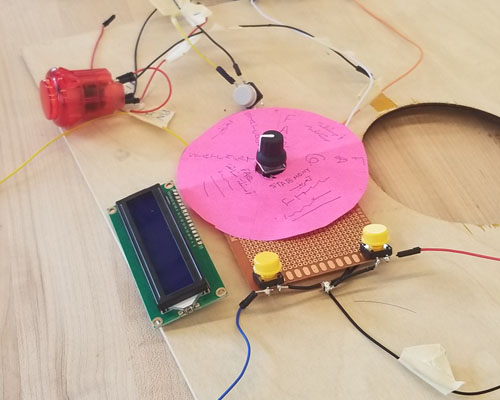
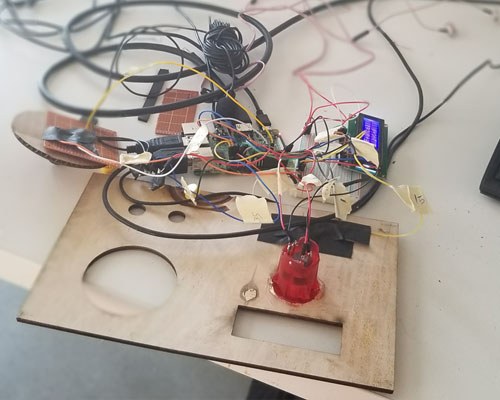
Was this approach successful? The reaction below, from a female colleague whom I had worked with for nearly two years at that point, stunned me:
More than anything the stories in the exhibit and in touching and looking at the hijab which I barely know how to pronounce, you know btw, which is you know a problem (chuckles) I think in a number of ways. But is more questions you know than answers, more uhhmm…questions come up issues come up regarding why? You know why … do… women wear the hijab? What does it mean to them? I’ve learned just from listening to stories what some of the challenges are …wearing it. The experiences which, some of which are shocking and uhm give me pause. But I still would like to know …what makes a woman you know in 2019, quite frankly, wear a shibab? What does it mean? And does it mean the same thing.. in all cultures? In all countries? And does it mean something different to a younger woman versus her mother or her grandmother? And then what does it mean to the men that she ..uh knows from family to brothers to possible to friends to possible love interests to husband? What do her children say about it when they… are young and asking questions about their culture. Just so many questions much of which is my own ignorance, but I’m glad this exhibit exists because … I thought of a couple of questions I think of a couple of questions when I see women in hijabs. But this exhibit has made me think of so many more.
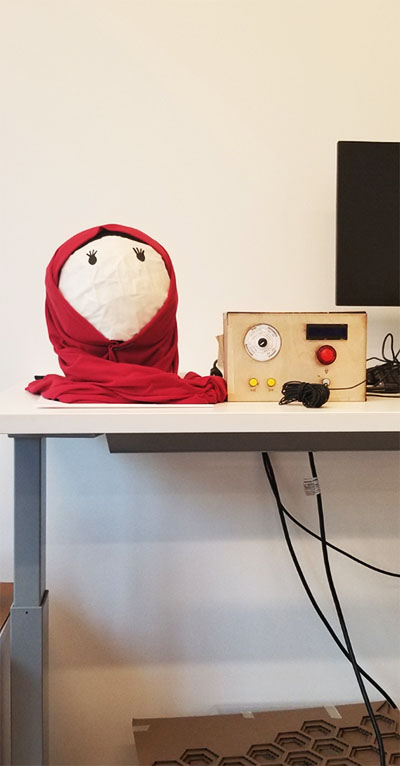
My colleague clearly had a lot of questions, but never asked them prior to this “provocation”. How much then goes unasked/unsaid about differences we see all the time in multi-cultural societies? Equally important questions would be: is there value in raising these conversations? Or should we stick to polite silence?
